Affiliate links on Android Authority may earn us a commission. Learn more.
Life-like realism, a Pixel AR and going mainstream: catching up with Project Tango
May 20, 2017
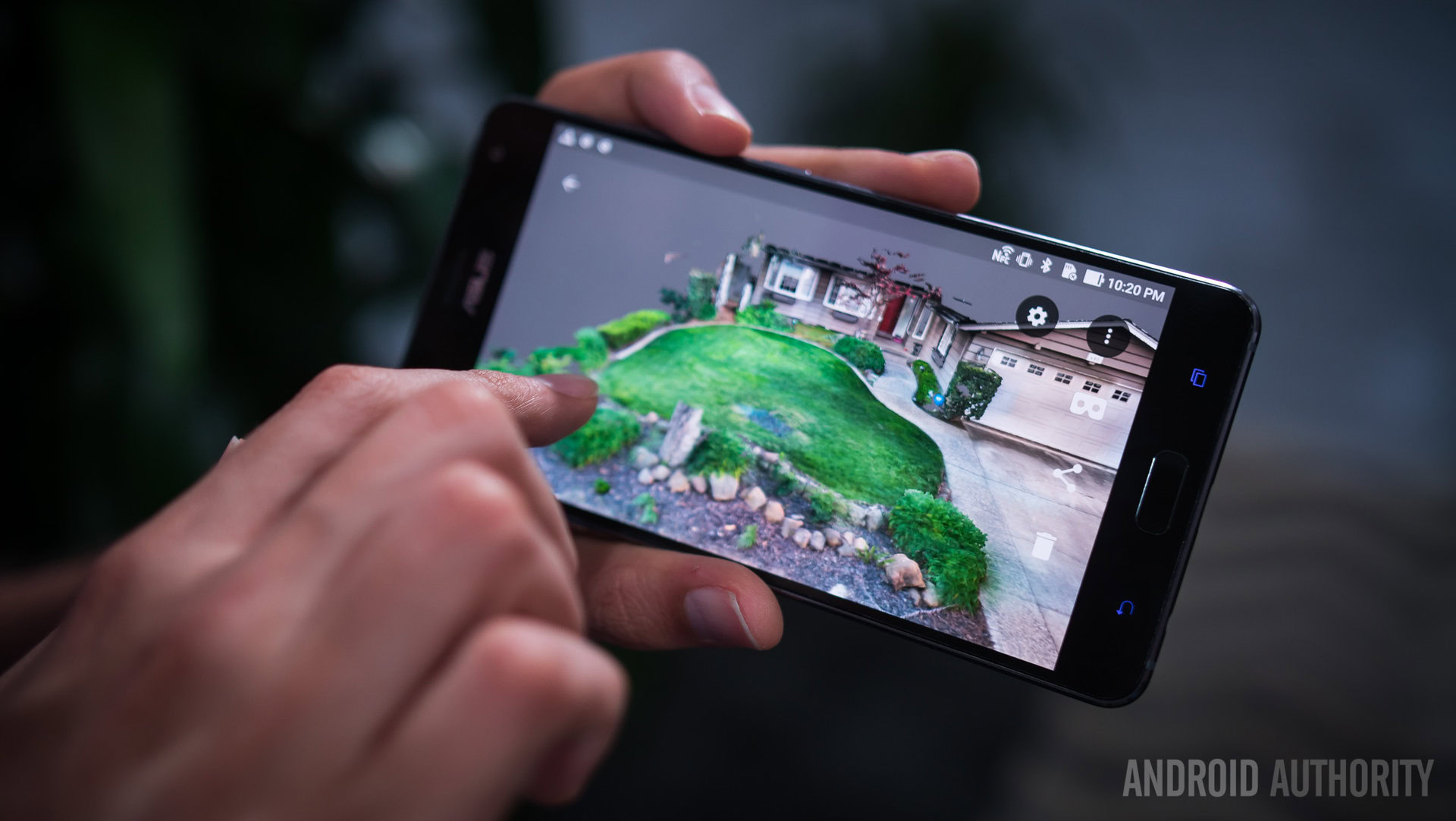
Project Tango has been around for a while, from the developer tablet and demos at MWC and Google I/O to the Lenovo Phab2 Pro and the new ASUS Zenfone AR. While we’ve seen it progress quite steadily in that time, we’ve never seen it look as convincing as it did at I/O this week. With the recent announcement that Verizon will carry the Zenfone AR in the U.S., Tango is about to hit the mainstream.
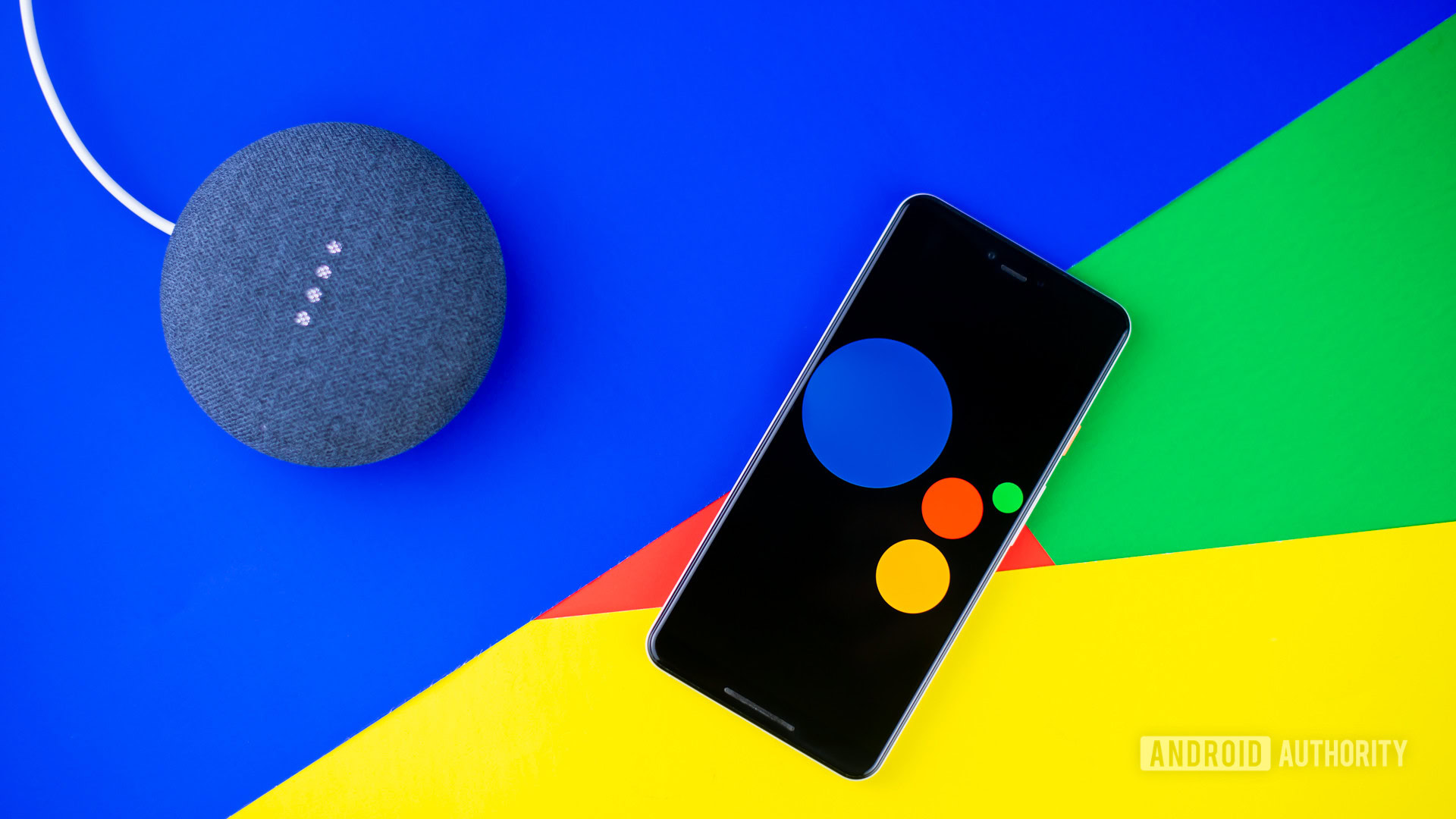
From slightly choppy and unstable demos in years past to something that looks completely consumer-ready, Tango has matured a lot in the last year. Tango’s mainstream possibilities have also blossomed, with obscure home renovation and museum guide applications being supplemented by familiar shopping experiences and edutainment possibilities.
Once the Zenfone AR hits Verizon, the audience and developer support will take off, even if it is likely to be at a relatively slow pace. But while the Phab2 Pro was a massive tank of a phone with a pretty niche audience, the Zenfone AR is a much more manageable device for the regular joe.
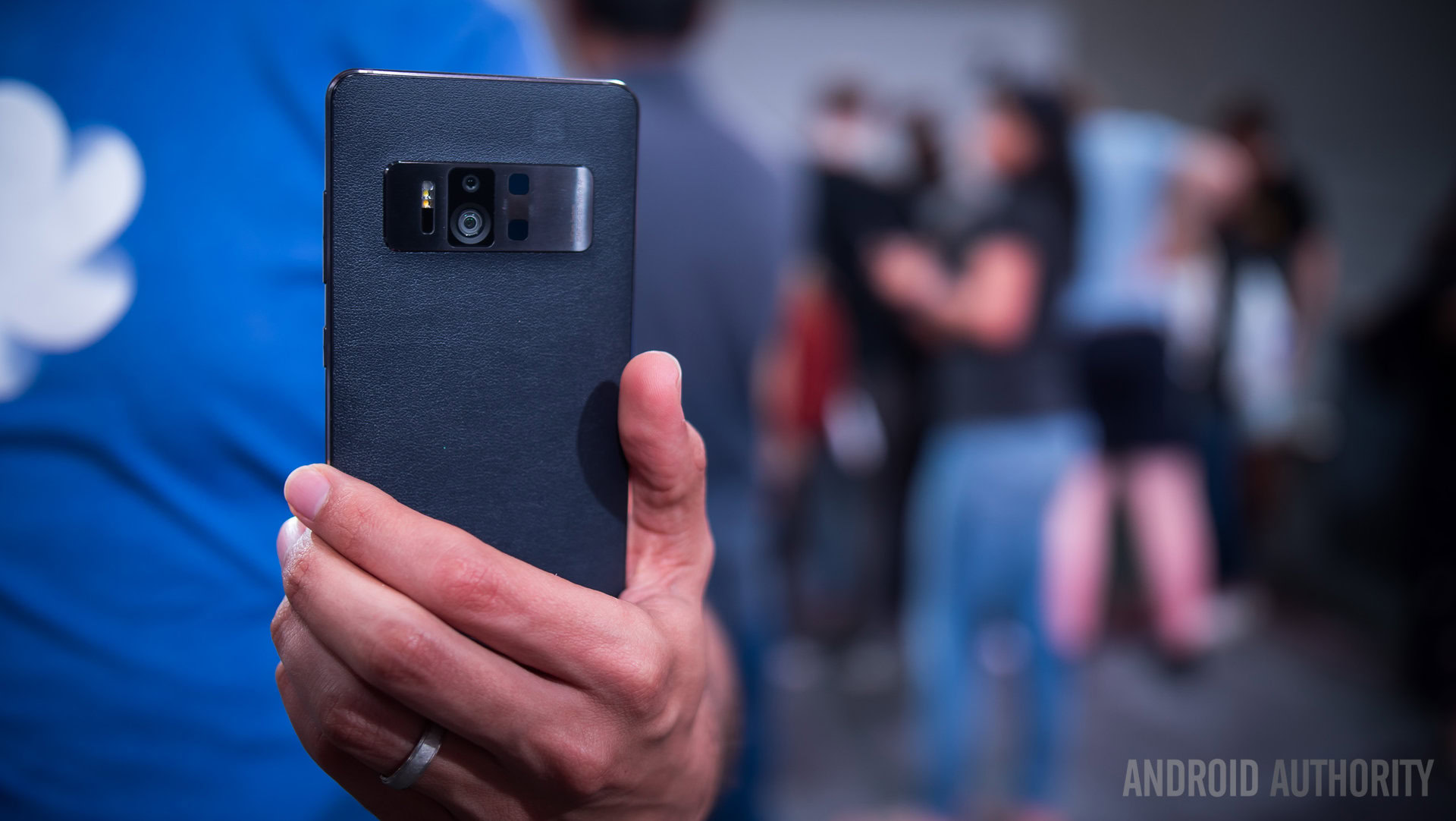
Fortunately, there’s already a lot of consumer-level AR experiences available, just waiting for a larger audience to dive in. That’s what Tango’s booth at I/O was all about: showing exactly what the tech is capable of now. Google’s Jared Finder was kind enough to take us through what’s new and where Tango is at right now.
There's already a lot of consumer-level AR experiences available, just waiting for a larger audience.
The most eye-catching demo at I/O was easily the Wizard of Oz demo, in which you can watch short AR animations of Oz characters overlaid against the real room in which you are standing. You can walk around the characters and see various AR elements interact with the real world (which you can see in the video above) and you can even pose with your favorites. It’s cute, it’s super smooth, and it’s very convincingly done.
Cartoon-style graphics are one thing, but in light of the announcement that cinema quality graphics will be coming to Daydream VR courtesy of the Seurat project, I asked Finder if we could expect to see something similar in Tango.
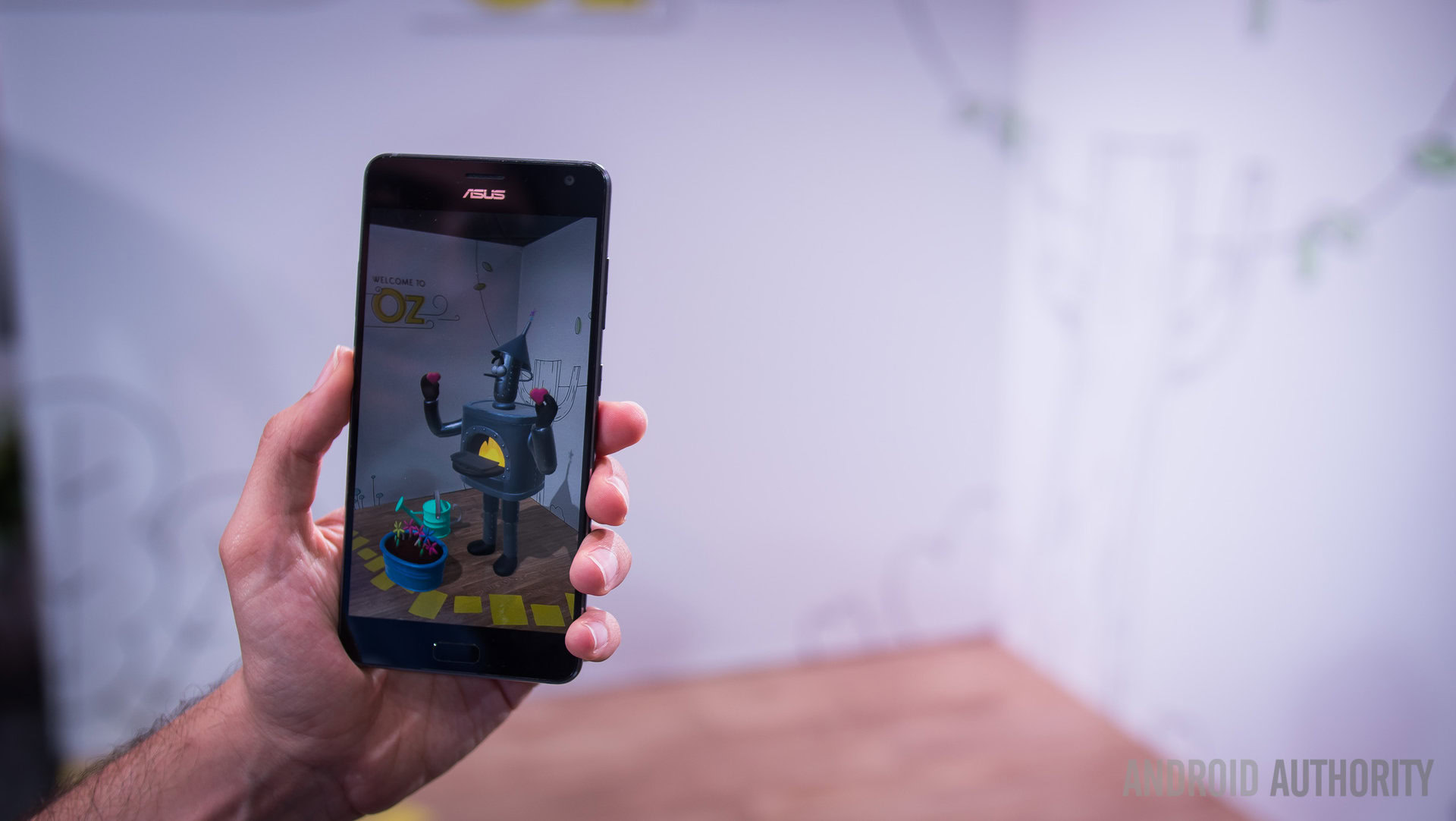
Choice is the ultimate goal for Tango: from cartoony graphics to life-like realism.
I was told that for the Tango team, choice is the ultimate goal: from cartoony graphics like that in the Oz demo to life-like realism, Tango wants to provide content creators with everything they need to bring their AR vision to life.
This is an exciting prospect. Just for a second, try to imagine how incredible real-time AR that’s indistinguishable from reality will be.
I also asked if we’d be seeing the Google hardware team adopting Tango tech in future on a Pixel AR phone. Surprisingly enough, I was told that Google is absolutely among the list of third-party OEMs the Tango team is targeting, just like any other manufacturer. Even within Google’s empire there are no free rides, but the big difference is that it is in Google’s own best interest to help push Tango when the time is right.
Tango is probably still two or three years away from being ready for a major mainstream push.
But the Pixel is very much intended as a mainstream consumer device, and it is definitely still too early for a Tango Pixel. I was told that Tango is probably still two or three years away from being ready for a major mainstream push. With that in mind, it’s a relatively short leap to assume we might see a Pixel AR phone in the next couple of years. After all, if Google itself won’t commit to a Google-branded Tango device, what kind of signal does that send to other OEMs?
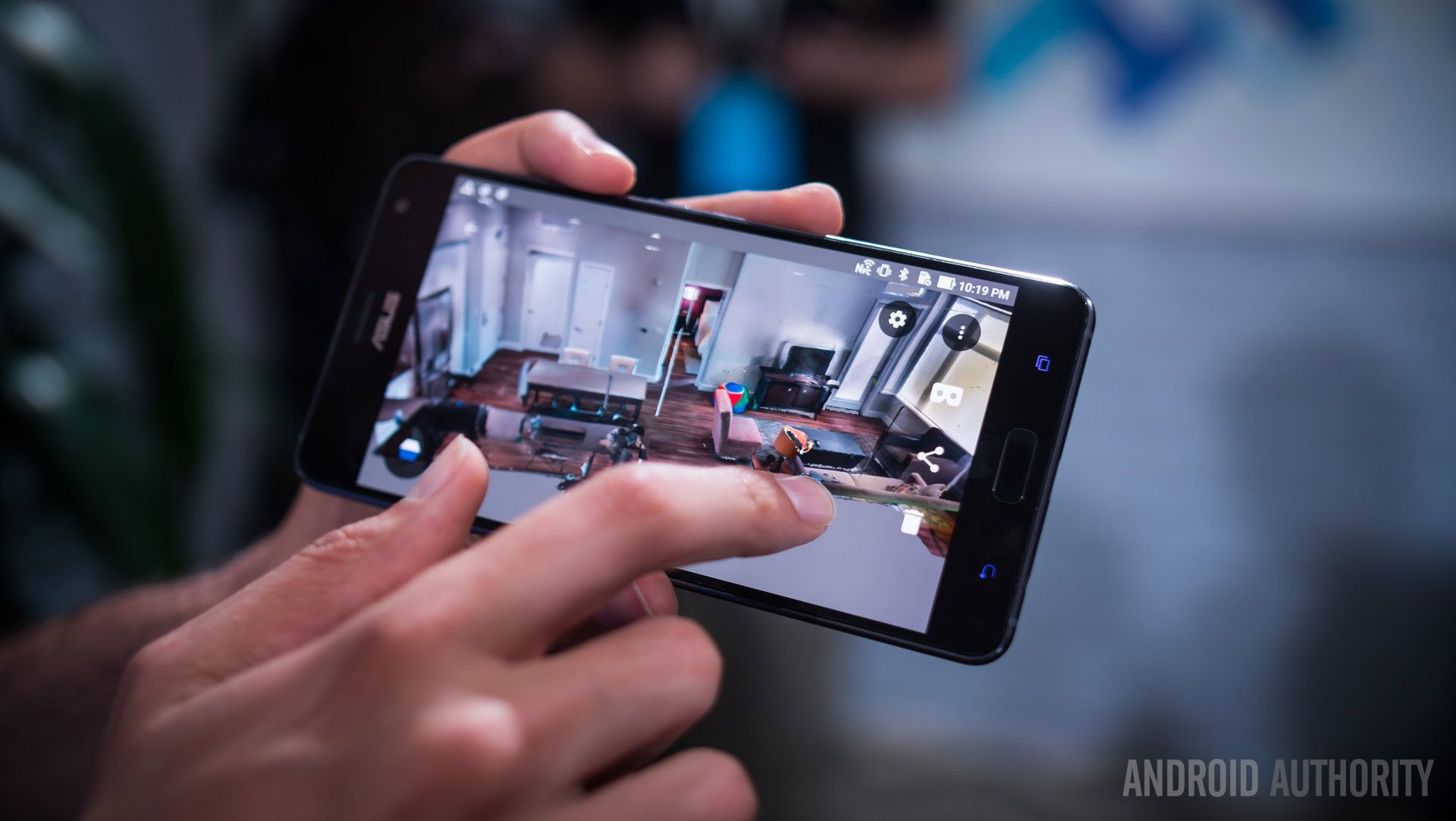
Perhaps the most impressive indicator of just how far Tango has come in recent months is the app Constructor. Seeing just how quickly the textures of a room can be captured, and how much detail is recorded in such a short amount of time, is very impressive. There’s so much you can do with it too: from mapping your apartment for an Airbnb listing to capturing the interior of a holiday destination to show your friends back home.
What we saw in the past felt like a proof-of-concept. What we're seeing today feels ready for prime-time.
We’ve seen similar demos like this in the past, but they were patchy, slow, and nowhere near as polished. What we saw in the past felt like a proof-of-concept. What we’re seeing today feels ready for prime-time.
It’s still early days for AR, but there’s no denying the tech is ready. As soon as you watch a demo now you start imagining the possibilities. The best thing is that a lot of these apps are already available in Google Play.

From the GAP app, which lets you “see” and move around items of clothing in three dimensions, to the awesome experiences made possible by Google Expeditions in the classroom, Tango is all grown up. It’ll take a while yet to become truly normalized, but the Tango team ultimately wants to see its tech in all devices. Games like Pokemon Go may have have taken the idea of AR mainstream, but it’ll be custom-built devices that convince regular folks to take the next step.
Thank you for being part of our community. Read our Comment Policy before posting.